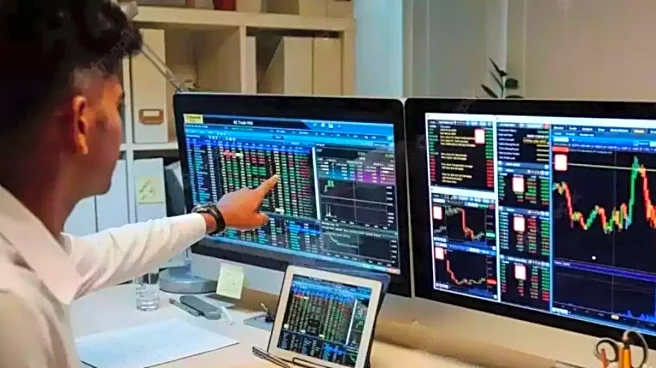The leaders — Yuichiro Tamaki of the Democratic Party for the People, Yoshihiko Noda of the Constitutional Democratic Party, and Fumitake Fujita of the Japan Innovation Party (Ishin) — plan to hold their first three-way meeting since the collapse of the ruling coalition last week. The three parties have enough combined seats in the powerful lower house of parliament to outnumber the ruling Liberal Democratic Party to block its new leader, Sanae Takaichi, from becoming the prime minister.
Lawmakers are also expected to confirm that an extraordinary parliament session will take place on Oct. 21 so that they can vote to pick the prime minister. A candidate doesn’t need an outright majority to become prime minister. If no one receives more than 50% support, the top two candidates compete in a runoff. The lower house’s decision overrules the upper house in the event the two chambers choose a different candidate.
Tamaki’s DPP has fewer seats in the lower house than CDP or Ishin, but its rising popularity demonstrated in the past two national elections makes Tamaki the leading candidate to challenge Takaichi. During a meeting between senior officials of the three parties held on Tuesday, Tamaki’s DPP sought a change in the CDP’s stance on security issues as well as nuclear energy.
The political instability is also feeding into worries over the economic outlook, already heightened by US-China trade tensions. The yen was broadly stable on Wednesday morning, trading around 151.70 to the dollar, while the Topix index rose 1% in early trading.
There is a precedent for multiple opposition parties unifying behind a single candidate to become premier despite the LDP having the biggest bloc in parliament. That happened in 1993, though the resulting government proved unstable, leading to the eventual return of the LDP to power.
As the opposition parties eye cooperation, Takaichi continues to lay the groundwork for the possibility of becoming prime minister. She is considering tapping the main LDP rival and Agriculture Minister Shinjiro Koizumi as defence minister, and Chief Cabinet Secretary Yoshimasa Hayashi as internal affairs minister, according to the Yomiuri newspaper.
For investors, either Takaichi or Tamaki would likely mean more government spending and pressure on the Bank of Japan to slow its path toward raising interest rates. While the instability might cause short-term falls in equities, the policy direction might then lift stocks, while feeding into a weaker yen and higher super-long yields, with moves potentially larger in the case of a Tamaki-led administration.
Read Also: Dow Jones sees 1,000-point intraday swing in wild Wall Street session
/images/ppid_59c68470-image-176049252778589107.webp)

/images/ppid_59c68470-image-176049008147639933.webp)
/images/ppid_59c68470-image-17604900466556987.webp)
/images/ppid_59c68470-image-176049019844896742.webp)



/images/ppid_59c68470-image-176033506090152815.webp)
/images/ppid_59c68470-image-176033753190398728.webp)
/images/ppid_59c68470-image-176024253614771346.webp)
/images/ppid_a911dc6a-image-176033205119880163.webp)

/images/ppid_59c68470-image-176025004322218179.webp)